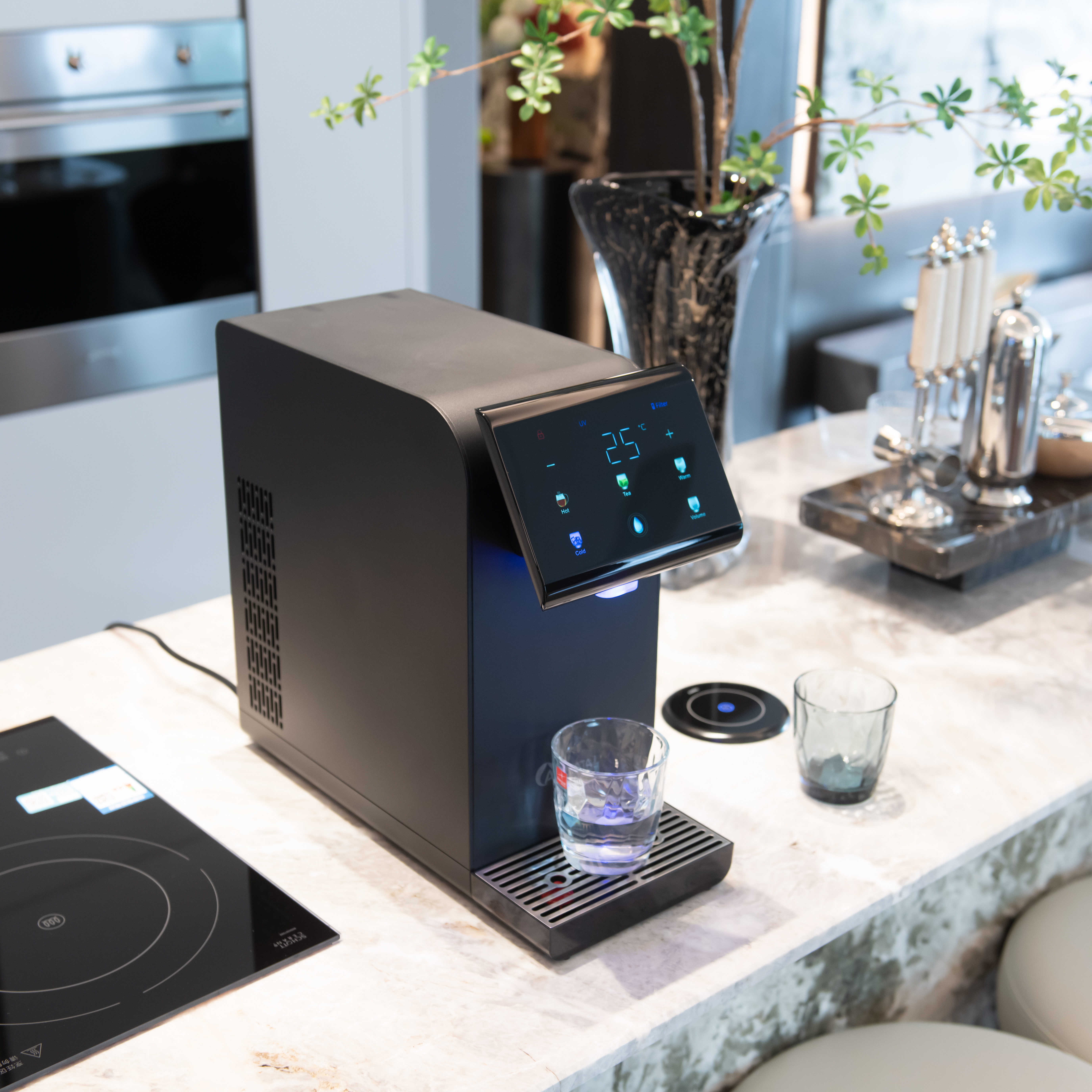 Introduction
Introduction
The 2025 water dispenser is no longer a mere kitchen accessory—it’s a hub of innovation, redefining how we think about hydration, sustainability, and global responsibility. With advancements in biotechnology, connectivity, and circular design, these next-generation systems are breaking barriers between personal health and environmental stewardship. In this blog, uncover how the 2025 water dispenser is setting new standards for households, businesses, and communities worldwide.
Next-Level Features of the 2025 Water Dispenser
- Biometric Hydration Personalization
Future dispensers scan fingerprints or use facial recognition to identify users, instantly tailoring water temperature, mineral content, and intake goals based on their health profiles. Diabetics might receive blood sugar-balancing infusions, while pregnant users get folate-enriched water—all synced with their medical data. - Closed-Loop Water Recycling
Pioneering models like AquaCycle 2025 treat and reuse wastewater from sinks or showers, purifying it to drinking standards. This “home water loop” reduces household consumption by up to 70%, appealing to drought-prone regions. - Blockchain Water Purity Verification
Suspicious about your water source? Scan a QR code to view a blockchain ledger tracing every drop back to its origin, including real-time contamination reports and purification logs. Brands like ClearTrust use this for unmatched transparency. - Mood-Enhancing Aromatherapy Infusions
Advanced dispensers integrate essential oil diffusers, offering lavender-infused water for relaxation or citrus blends for morning energy boosts. Some even sync with smart lighting to create multisensory hydration experiences. - Kinetic Energy Harvesting
In public spaces, dispensers like EcoFlow Motion+ convert the kinetic energy from button presses or foot traffic into power, eliminating the need for electrical outlets—ideal for festivals or disaster relief zones.
Global and Humanitarian Applications
- Refugee Camps: Solar-powered dispensers with UNICEF-certified purification provide safe drinking water in crisis zones.
- Farming Communities: AI models analyze local soil data and dispense nutrient-rich water for irrigation, boosting crop yields.
- Airports: Multilingual, touchless dispensers with currency-free payment systems (via NFC) cater to international travelers.
Design Meets Functionality
- Modular Units: Swap components like filters, tanks, or infusers like Lego blocks. Want a champagne-style sparkling water function? Add the module in seconds.
- Artistic Collaborations: Brands like AquaForm partner with designers for limited-edition dispensers that double as statement décor.
- Voice of the Planet Mode: Displays real-time global water conservation stats, nudging users to conserve via gamified challenges (e.g., “Save 10L today to unlock a rainforest donation”).
Top Brands Leading the 2025 Wave
- VitaHydro: Focuses on medical-grade dispensers with FDA-approved vitamin IV drip integrations.
- TerraDrip: Targets off-grid living with wind-powered dispensers and collapsible rainwater harvesting tanks.
- UrbanSip: Compact, IoT-enabled units for city dwellers, featuring Uber-style filter replacement delivery.
SEO Keywords to Dominate Search Rankings
- “biometric water dispenser 2025″
- “blockchain water purity systems”
- “closed-loop home water recycling”
- “kinetic energy water dispenser for events”
- “designer smart water dispensers 2025″
The Bigger Picture: Ethical Tech and Collective Action
2025 models emphasize:
- Fair Trade Certification: Ensuring ethical mining of dispenser components like lithium and copper.
- Carbon Negative Production: Brands like GreenSip plant 20 trees per unit sold, verified via satellite imaging.
- Open-Source Software: Hackable dispensers let developers create custom apps, from drought alerts to hydration-based social media rewards.
Post time: Apr-01-2025

